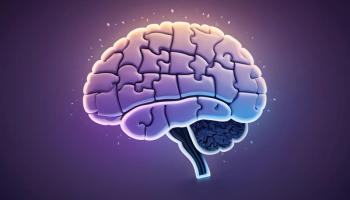
|Slideshows|June 7, 2018
- Psychiatric Times Vol 36, Issue 5
- Volume 36
- Issue 5
5 Domains of Negative Symptoms of Schizophrenia
Author(s)Dawn I. Velligan, PhD, Larry D. Alphs, PhD
Negative symptoms identified from the Negative Symptom Assessment and the behaviors that might be observed in each of 5 domains.
Advertisement
To view the 2016 article in PDF format, click here.
Articles in this issue
over 6 years ago
Introduction: Meeting Our Personal and Professional Goalsover 6 years ago
Locum Psychiatric Practice: Unexpected, Unheralded Benefitsover 6 years ago
The Role of Social Media in Private Practiceover 6 years ago
Disability: Overview of Concepts Psychiatrists Need to Knowover 6 years ago
Introduction to Immunotherapy of Malignancies for Psychiatristsover 6 years ago
Looking for AmericaNewsletter
Receive trusted psychiatric news, expert analysis, and clinical insights — subscribe today to support your practice and your patients.
Advertisement
Latest CME
Advertisement
Advertisement
Trending on Psychiatric Times
1
FDA Grants Breakthrough Therapy Designation to Alixorexton for the Treatment of Narcolepsy Type 1
2
FDA Accepts Investigational New Drug Application for COMP360 for PTSD
3
Neurosterix Announces Phase 1 Study of NTX-253 for Schizophrenia
4
Stress in Sports: What It Really Means and How to Discuss With Athletes
5

















